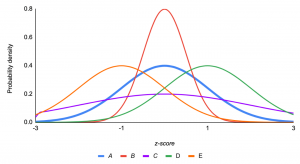
In order to be successful in normal distribution interviews, you need a solid understanding of the normal distribution. This blog post will focus on normal distribution questions and answers that are commonly asked in the data science and statistics interviews. Before jumping into questions and answers, lets quickly understand what normal distribution is.
What is normal distribution?
A normal distribution is a symmetric, bell-shaped curve that describes the distribution of many types of data. The normal distribution has two parameters, mean and standard deviation. It is important to know these two parameters because they are used to calculate probabilities associated with the normal distribution.
The normal curve describes how data are distributed in a population. It has the following features: it’s continuous, symmetrical, unimodal and bell-shaped. We make extensive use of normal distributions without even realizing it. When grading grades for pupils or IQ scores for individuals on intelligence tests, they are frequently observed. The normal distribution can be used to represent a wide range of data, such as test scores, height measurements, and weights of people in a population.
You may want to check my related post titled Normal distribution explained with Python example.
Here is a sample diagram representing different aspects of normal distribution:
Here is a sample diagram representing normal distributions with different means and standard deviations:
Here is the diagram representing standard normal distribution (Z-distribution):
Here is a diagram representing how to convert an observation value as Z-score in standard normal distribution:
Normal distribution questions and answers
Here are some sample questions and answers on normal distribution you can use to test your understanding:
Congratulations! You passed the test!
#1. Standardization is the process of converting the observation into ______
#2. What % of observations fall within 3 standard deviation of mean in normal distribution?
#3. The mean of Z-score in standard normal distribution is _______
#4. Standard normal distribution is also known as __________
#5. What % of observations fall within 1 standard deviation of mean in normal distribution?
#6. Normal distributions can be called as ___________ distribution?
#7. Normal distribution is also known as Gaussian distribution
#8. The number of standard deviations above or below the mean that a specific observation falls in a standard normal distribution is called as ______
#9. Normal distribution is a ________ probability distribution
#10. All symmetrical distributions are normal distribution
#11. Residuals in a linear regression follow a normal distribution
#12. Standard normal distribution have mean as ____ and standard deviation as _____
#13. The mean, median and mode of normal distribution is same.
#14. Which of the following are two key parameters of a normal distribution?
Results
- Coefficient of Variation in Regression Modelling: Example - November 9, 2025
- Chunking Strategies for RAG with Examples - November 2, 2025
- RAG Pipeline: 6 Steps for Creating Naive RAG App - November 1, 2025
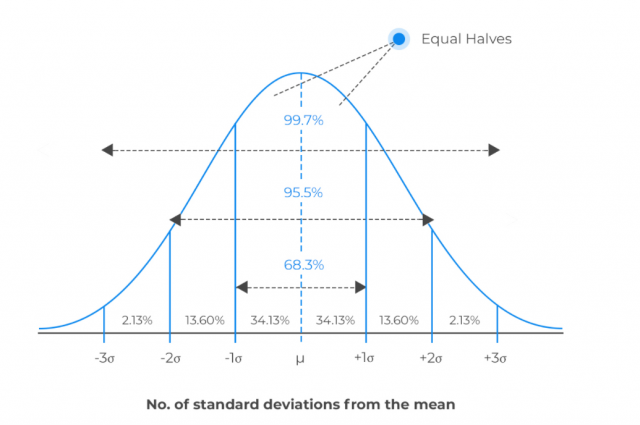
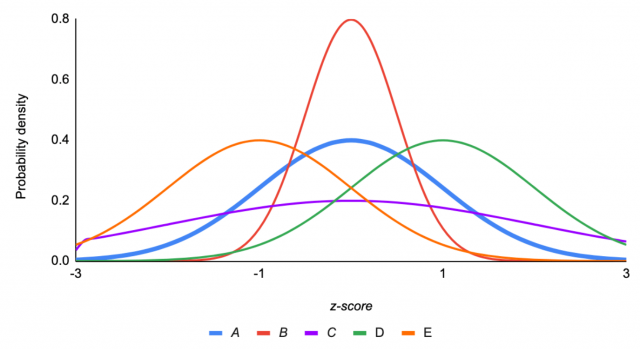
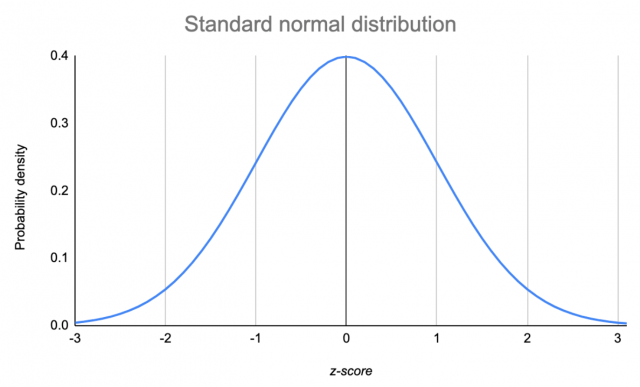
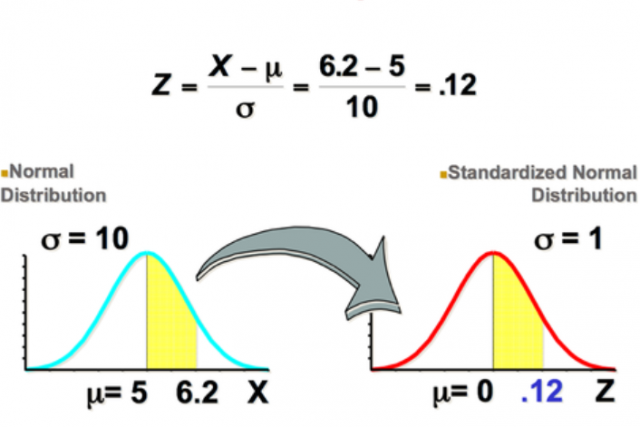




I found it very helpful. However the differences are not too understandable for me